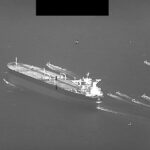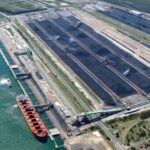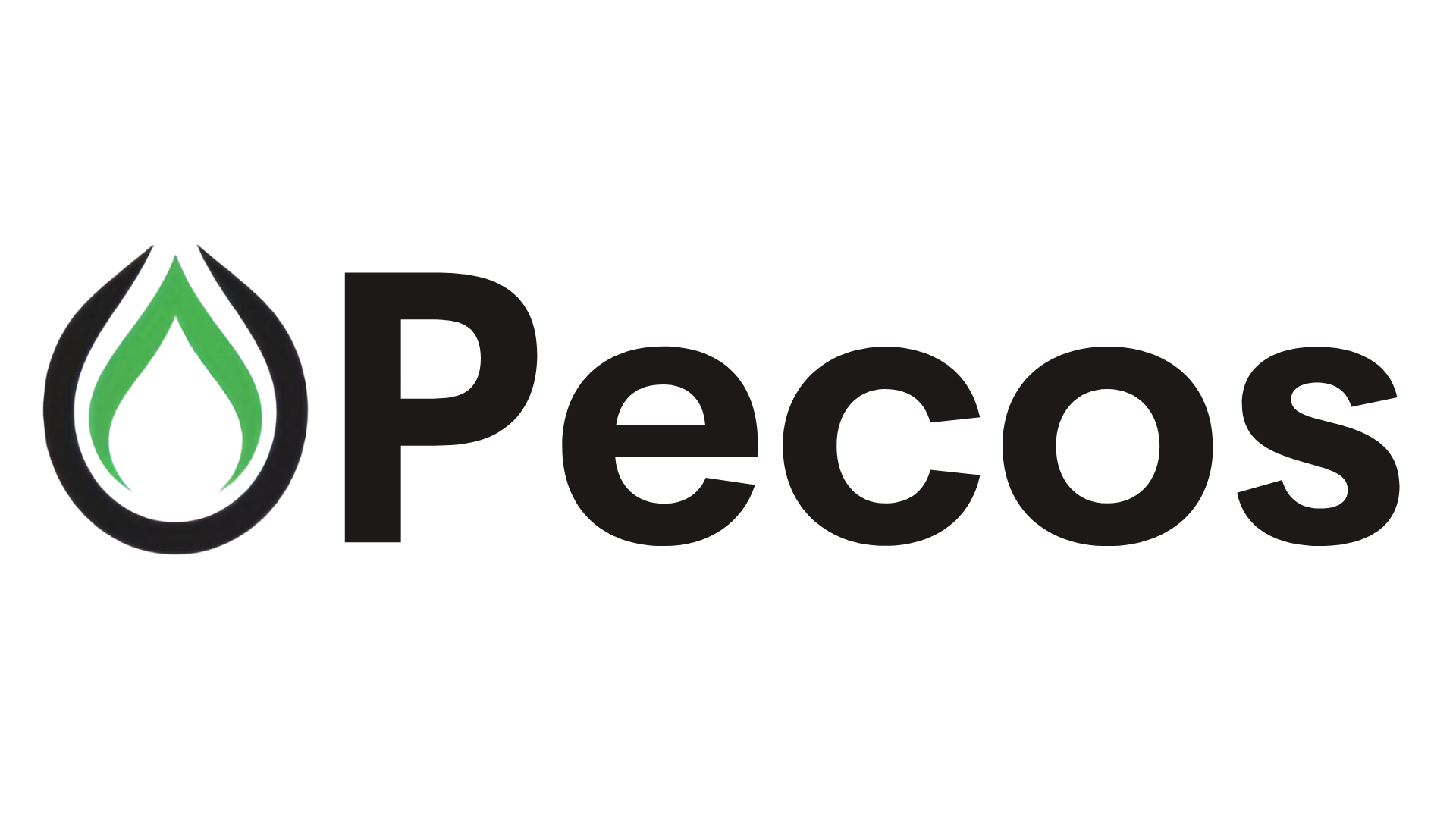Energy News Beat
Oil and tanker markets generally benefit from geopolitical disruption. The outbreak of open warfare between Israel and Iran on June 12, with the US weighing in overnight on June 21/22, certainly has given the markets plenty to chew on. VLCC freight markets have reacted to events as one would expect. Freight rates on the Middle East to Singapore route, expressed as time charter equivalents, were $25,480 per day on June 12, the eve of Israel’s first air attacks on Iran. By June 20 they were $61,356. Similarly, TCEs on the Middle East to China route were $22,764 on June 12 but rapidly advanced to $64,272 by June 20.
The rising tide has lifted VLCC rates on other routes, with US to China rates swelling from $25,271 on June 12 to $39,254 on June 20, though this is still 6% lower than a month earlier.
Suezmaxes loading in the Middle East Gulf for discharge in the Med were rated at a healthy $32,719 a day before this latest chapter of conflict opened. They rapidly advanced to $46,853 on June 20, being a full 27% higher than on May 20. On the more peaceful West Africa to Europe voyage, rates rose 6% to $34,522 over the month to June 20, via low of $28,502 on June 13.
Aframax TCEs on the Kuwait to Singapore voyage stood at $28,333 on June 12, having slid gently from $35,098 a month earlier. The trend was booted upwards by the Israeli air force so that owners were charging the equivalent of $37,005 a day as of June 20. In other regional markets, earnings fared less well. Cross-Med day rates of $29,294 on June 20 were down 4% over 30 days. In the North Sea, UK discharge day rates were down 16% over 30 days, sitting at $36,621 on June 20, while Germany discharge rates were down 23% at $29,689.
The Baltic Dirty Tanker Index bottomed out at 909 points on June 12, but its mid-year lull has been cancelled by events, and it sat at 1,054 on June 20, up 7% over 30 days.
Events may lead tanker owners to invoke war clauses. Any response by Iran to blockade the Straits of Hormuz, or to interfere with tonnage of any flag, would trigger war risk clauses in P&I insurance, giving owners the right to refuse to continue through the area and to nominate an alternative safe port, with costs of doing so being for the charterer’s account. Fortunes were made by those owners willing to risk missile attacks in the Iran-Iraq war of the 1980s. History may not be about to repeat itself, but the comparisons are clear to see.

The oil products tanker freight market also reversed a falling trend after June 12. LR2 TCEs for the Middle East Gulf to Japan voyage had drifted from $35,476 on May 21 to $21,684 on June 12 but then rebounded vigorously to reach $53,860 on June 20, a year and a day since they were last over $50,000 per day. On the Mid-East to Europe LR2 voyage, TCEs had slid from $39,938 on May 21 to a low of $29,557 on June 12 only to leap to $58,791 on June 20, with further rises almost guaranteed by the US Air Force and Iran’s range of options for a response.
LR1 TCEs on the Mid East to Japan voyage also rose from a low of $19,383 on June 12 to $37,511 as of June 20, while the rate for Jubail to Rotterdam voyages rose 50% in the month to June 20, when they sat at an attractive $44,163 per day, double what they had been just ten days earlier. Outside the war zone, on the North Africa to Europe voyage day rates of $6,831 on June 20 were a full 80% lower than on May 20 when they had briefly spiked to $33,511.
MR tanker markets in the Indian Ocean have risen too. On the Mid East Gulf to East Africa voyage, the MR TCE had retreated from $31,525 on May 20 to $19,252 on June 12, only to streak to $42,889 on June 20, the first time it exceeded $40,000 since June 18 last year. MRs sailing from Jamnagar to Chiba enjoyed a 38% uplift in TCEs over the 30 days to June 20, settling at $27,503, having been as low as $12,447 on June 4. Further east, MRs sailing from South Korea to Australia enjoyed a 25% uplift in rates to $22,216 as the Australian heating season kicks in, while rates from Singapore to Australia rose by 8% to $24,105.
In the Atlantic, MR rates from the US Gulf to the Netherlands have been volatile in May and June, swinging from a low of just $2,773 per day on May 19 to $13,631 on May 30, only to decline to $9,563 on June 4, then waver between nine and thirteen thousand for a week, only to finally break out and rise to $17,706 on June 20. On the reverse route the trend was more established but less favourable to ship operators: rates slid consistently from $18,463 on May 27 to $7,559 on June 20.
The Baltic Clean Tanker Index smoothed all this volatility to be little changed between May 20 and June 20, falling just 1% from 717 to 708 points. The monthly average for May was 646 points; the average for June so far is 651 points but is likely to rise.

The post Tankers tread warily around Hormuz appeared first on Energy News Beat.









